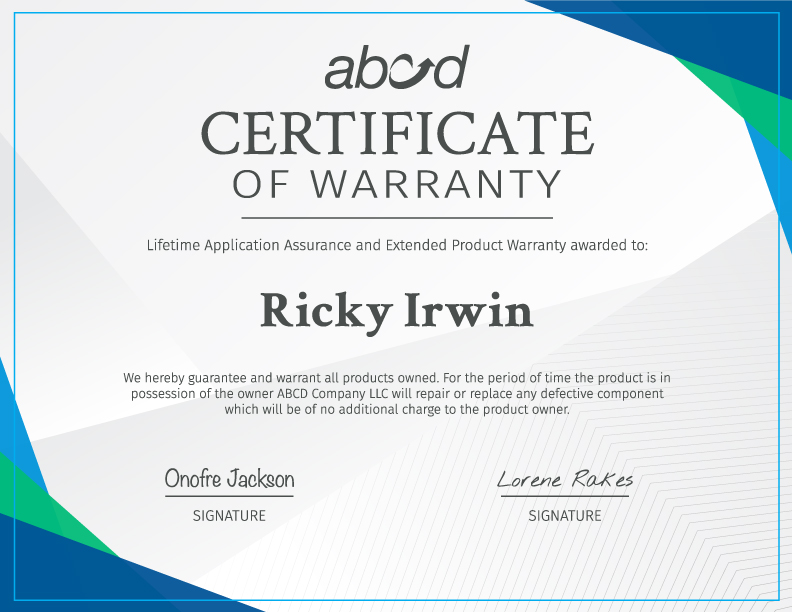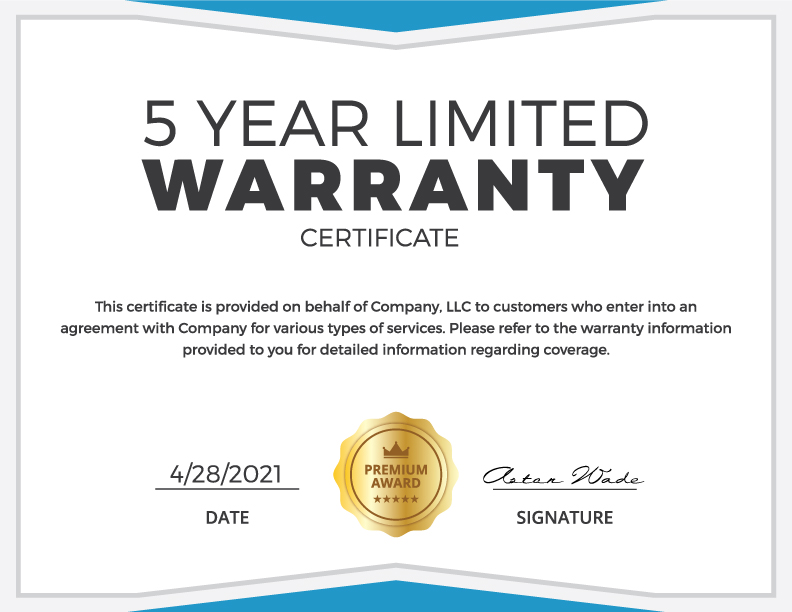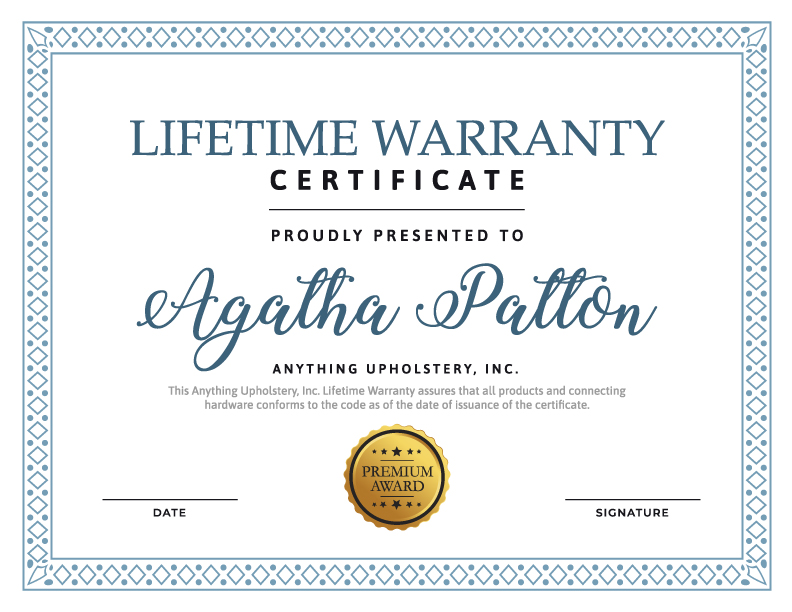Navigating the Changing Landscape: A Guide for UK Landlords in 2024Navigating the Changing Landscape: A Guide for UK Landlords in 2024
In the ever-evolving landscape of the UK property market, being a landlord in 2023 presents a unique set of challenges and opportunities. With changes in legislation, financial considerations, and the dynamics of tenancy agreements, staying informed and adaptable is more crucial than ever. This article explores the latest news affecting landlords, key financial considerations, and essential insights into tenancy agreements to ensure landlords can navigate these changes successfully.
Recent News Impacting UK Landlords
2023 has seen a flurry of legislative changes aimed at regulating the rental market more closely. Notably, the government has introduced measures to enhance tenant protections, including stricter enforcement of housing standards and the potential phasing out of Section 21 evictions, which allowed landlords to evict tenants without cause. This shift necessitates landlords to be more diligent in maintaining their properties and ensuring all legal requirements are met.
Furthermore, the introduction of energy efficiency standards has placed additional responsibilities on landlords. Properties must now meet a minimum energy efficiency standard (EPC rating of C or above) for new tenancies. This move, aimed at reducing carbon emissions and improving living conditions, requires landlords to invest in property upgrades, impacting their financial planning.
For the very latest
visit Landlord Knowledge.
Financial Considerations for Landlords
The financial landscape for UK landlords in 2023 is complex, influenced by fluctuating interest rates, changing tax regulations, and the cost implications of meeting new legislative requirements. Landlords must navigate these financial waters with care to ensure their investments remain viable.
One of the significant changes is the alteration in tax relief on mortgage interest payments. Previously, landlords could deduct mortgage interest from their rental income before calculating tax. However, this has been replaced by a tax credit system, potentially increasing the tax burden for some landlords.
Moreover, the increase in property prices and rental demand has a dual effect. While it presents an opportunity for higher rental yields, it also means higher initial investments and increased property taxes. Landlords need to balance these factors carefully, possibly seeking professional financial advice to optimize their investment strategies.
For
options visit Landlord Knowledge.
Understanding Tenancy Agreements in 2024
Tenancy agreements are at the heart of the landlord-tenant relationship, outlining the rights and responsibilities of each party. In 2024, the importance of having a comprehensive and legally compliant tenancy agreement has never been greater.
Key aspects that landlords should focus on include clearly defining the rental term, payment obligations, maintenance responsibilities, and conditions for termination. With the legal landscape becoming more tenant-friendly, landlords must ensure their agreements are fair and transparent, reducing the potential for disputes.
Additionally, incorporating clauses related to new legislative changes, such as those pertaining to energy efficiency improvements and safety standards, is essential. This not only ensures compliance but also demonstrates a commitment to providing quality accommodation.
Landlord Knowledge provides a
downloadable template in word format.
Conclusion
For UK landlords, 2024 is a year of adaptation and strategic planning. Staying abreast of legislative changes, managing financial implications wisely, and ensuring tenancy agreements are robust and clear are key to success. While challenges undoubtedly exist, so do opportunities for those willing to invest in their properties and navigate the complexities of the rental market. By staying informed and proactive, landlords can position themselves to thrive in this dynamic environment.
Ultimately, the role of a UK landlord in 2024 is not just about property management; it’s about fostering positive landlord-tenant relationships, contributing to the sustainability of the housing market, and adapting to the changing legal and financial landscapes. The key to navigating these times is through education, adaptability, and a forward-thinking approach.




